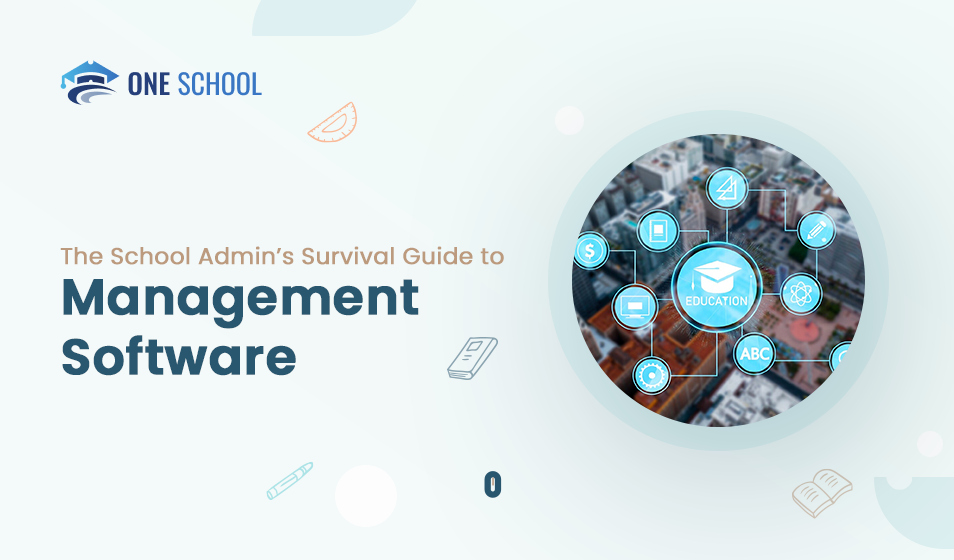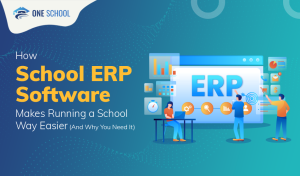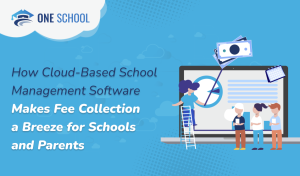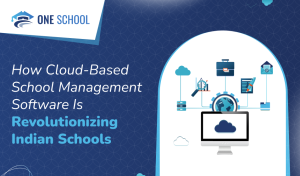Tired of drowning in paperwork, lost emails, and spreadsheet nightmares? Managing a school shouldn’t feel like a never-ending game of catch-up. It’s time to ditch the chaos and upgrade to school management software that actually works, so you can focus on what really matters. But here’s the kicker: most schools buy school management software based on flashy ads, then regret it when teachers can’t figure out how to mark attendance. Been there? Yeah, us too.
So, how do you dodge the pitfalls and find a school management softwaresolution that actually fits? We’ve broken it down into eight make-or-break factors. No tech jargon, just straight talk.
Why This Decision Will Haunt You (If You Get It Wrong)
Picture this: Your new “all-in-one” software requires a PhD to operate. Teachers rebel, parents complain about glitchy portals, and you’re stuck paying for features you’ll never use. On the flip side, the right tool automates the grunt work. Imagine fee reminders that send themselves, or attendance syncing before the first period ends. The difference? Night and day.
1. Usability: If Your Staff Can’t Use It, It’s Useless
The Hard Truth: Fancy features mean nothing if your math teacher spends 20 minutes trying to submit grades.
What to Demand:
- A dashboard even your least techy teacher can navigate
- One-click actions for daily tasks (attendance, grading)
- No “death by dropdown menus”
Real-World Test: During demos, ask the vendor to show how long it takes to:
- Mark a student absent
- Generate a fee receipt
If it takes more than 30 seconds? Mark it as an issue.
Pro Tip: Steer clear of systems that require “just a quick 8-hour training session.” (Spoiler: No one has the patience for that.)
2. Scalability: Will It Grow With You Or Crash and Burn?
Small schools get screwed here. That “perfect” budget software? It might cap out at 200 students, forcing a painful (and expensive) switch later.
Ask Vendors:
- “What’s the max number of users before performance tanks?”
- “Can we add modules (like transport tracking) later?”
- “How much will scaling up cost?”
War Story: A rural school bought a bad match, only to discover it couldn’t handle their 30% enrollment jump. Cue frantic data migration mid-semester.
3. Integration: Because Manually Re-Entering Data is a Special Kind of Hell
If your software doesn’t play nice with:
- Your payment gateway (Razorpay, Stripe)
- Google Classroom/Microsoft Teams
- Email/SMS tools
…you’ll waste hours copying data between systems. And let’s be honest, errors will creep in.
Must-Have: APIs or built-in sync with tools you already use. No “coming soon” promises.
4. Customization: Your School Isn’t a Cookie-Cutter Operation
Grading scales, report formats, leave policies—every school does things slightly differently.
Dealbreakers:
- Software that forces you to adapt your policies to its limits
- No way to tweak fields in forms or reports
5. Features: Cut Through the Bloat to What Actually Matters
Vendors love boasting about 50+ features. But here’s what most schools really need:
Non-Negotiables:
- Attendance with biometric/QR code options
- Fee management (late fees, partial payments, receipts)
- Parent portals with two-way messaging
- Timetable scheduling that doesn’t double-book teachers
Nice-to-Haves:
- Mobile app for staff/parents
- Library/book tracking
- Transport route optimization
Fun Fact: Schools that prioritize “fancy analytics” over core features regret it 83% of the time (EdTech Insights, 2023).
6. Security: Because Data Breaches are Career Limbo
Student health records, payment details—this isn’t stuff you want leaking. Yet many “budget” systems skimp on security.
Red Flags:
- No mention of encryption
- Logins without MFA options
- Vendors who say, “Uh, we’ve never been hacked,” instead of sharing audit reports
Scary Stat: 61% of K-12 schools hit by ransomware attacks were using outdated or unpatched software.
7. Vendor Support: The Make-or-Break Most Schools Ignore
Ever waited 72 hours for a “critical” support ticket response? Yeah, it’s as fun as it sounds.
Vet Them By:
- Calling their support line at 3 PM on a Tuesday (see how long you wait)
- Asking existing clients: “How often do updates break things?”
- Checking if they offer local training (not just pre-recorded videos)
8. Automation: Your Secret Weapon Against Burnout
The best systems eliminate busywork, like:
- Auto-sending fee reminders when balances are due
- Syncing attendance data with report cards
- Flagging students who miss 3+ classes in a row
Time Saver: One principal reclaimed 11 hours/week by automating disciplinary incident reports.
The Conclusion
So, there you have it. Choosing the right school management software isn’t just about ticking boxes; it’s about investing in your school’s future and, let’s be honest, your own sanity. The right system won’t just manage data, it’ll transform your daily operations, empower your staff, and create a seamless experience for parents and students alike.
Stop surviving and start thriving. With the right software, you can finally ditch the administrative headaches and get back to what you do best: fostering an environment where students and educators can excel.

At OneSchool, Nishant Joshi manages projects centered on school ERP solutions as a technology strategist and project manager. He focuses on putting in place and refining digital systems that support improved educational outcomes, increase administrative effectiveness, and improve school operations.






